
Samuel Taggart
The official "Architect of Adventure". I help teams create healthy, human-centered software development processes.

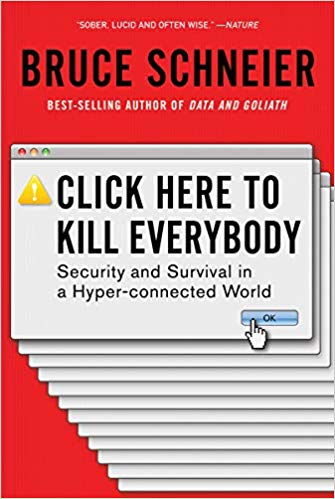
Click Here To Kill Everybody
This is the second Bruce Schneier book I have read. It is every bit as good as the first. This book is a commentary on the current state of cybersecurity (and the future) for what Bruce calls the Internet+. The Internet+ includes everything connected to the internet; not just servers,

Why we sponsor GDevCon
We are proud to once again sponsor GDevCon again this year. GDevCon is an independent graphical developers conference held each year somewhere in Europe. This year it will be at CERN.
You might ask why is GDevCon important? We already have NIWeek, NIDays, the CLA Summit, and various CLD Summits
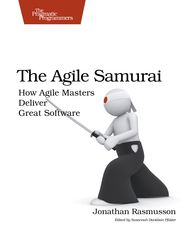

Philosophy of Code - Memento Mori
Another topic that came up in “Ego is the Enemy” is the Latin phrase “Memento Mori”. Translated literally it means “Remember you will die.” I kind of view it as the adult version of the millenial’s YOLO – “You only live once”. YOLO is all about hedonistic pleasure – do whatever


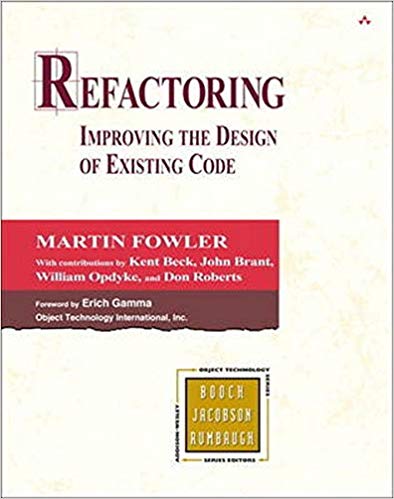

Philosophy of Coding: Planning
In this continuation of my philosophy in coding series, I want to talk about planning and the way we think about planning.
Start with the end in mind
Many of you probably recognize this phrase from the 7 Habits of Highly Effective People. In it, Steven Covey does an exercise




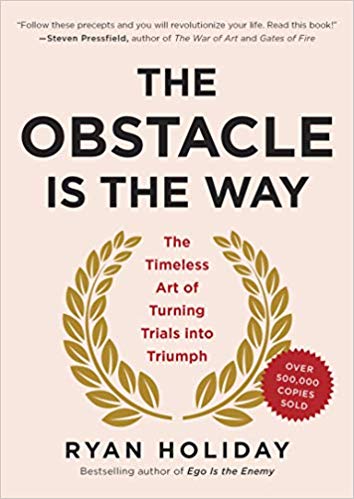
Ego Is The Enemy And The Obstacle Is The Way
As I wrote in a previous post about philosophy and coding I was not always a big fan of philosophy. I viewed it as an academic pursuit, a bunch of eggheads sitting around thinking about thinking. I never saw the practical value. That is until a read a pair of

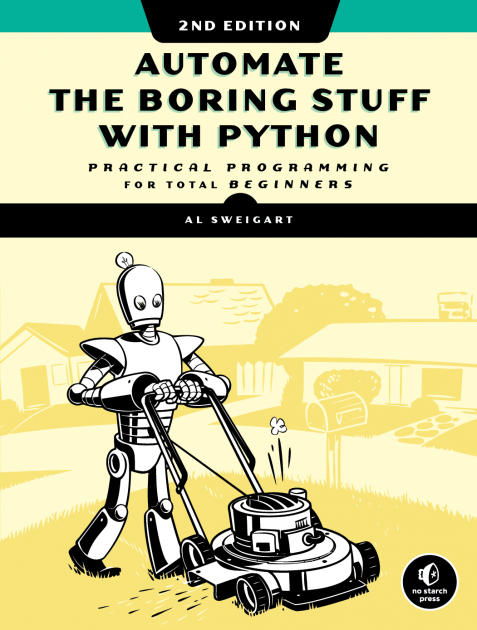
Automate the Boring Stuff With Python
* NI recently added Python Integration to both LabVIEW and TestStand.
* Danielle Jobe’s presentation at GDevCon last year and her hands-on at NI week this year were both on integrating LabVIEW and Python.
* I had a job this year where there was potential for more work to be done but
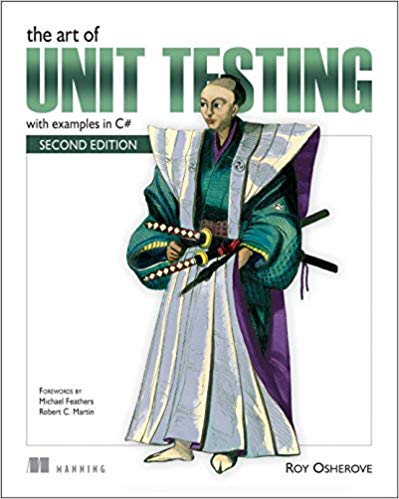

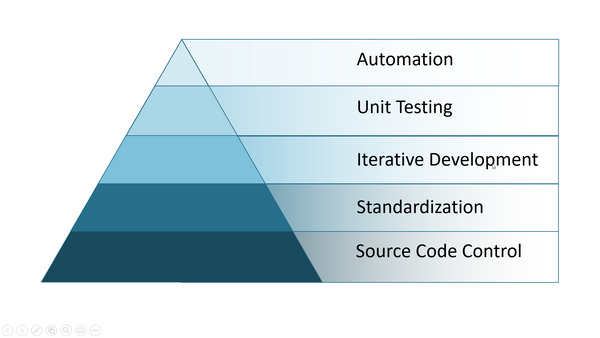

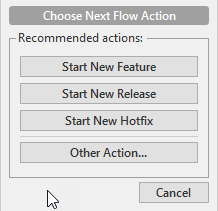

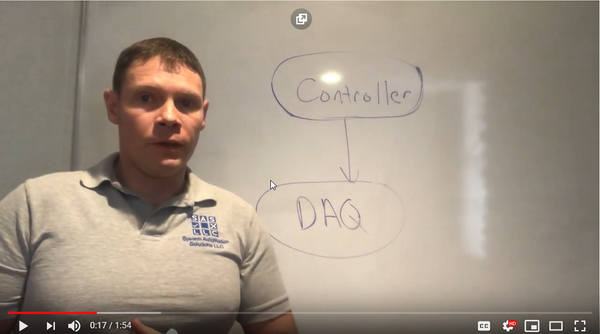
Managing Dependencies with DQMH Messages
In one of his talks, Uncle Bob describes Software Engineering as the art of managing dependencies. This is something that a lot of new programmers have difficulty with. I often run into code written by beginners (and some not-so-beginnners) that has lots of circular dependencies. I also see a lot

Data And Goliath
Nothing is private on the internet. Most of us understand this idea intellectually. We realize that we are being surveilled at some level, but most of us do not grasp the depth and breadth of that surveillance and what exactly it is used for and the implications. Bruce Schneier does